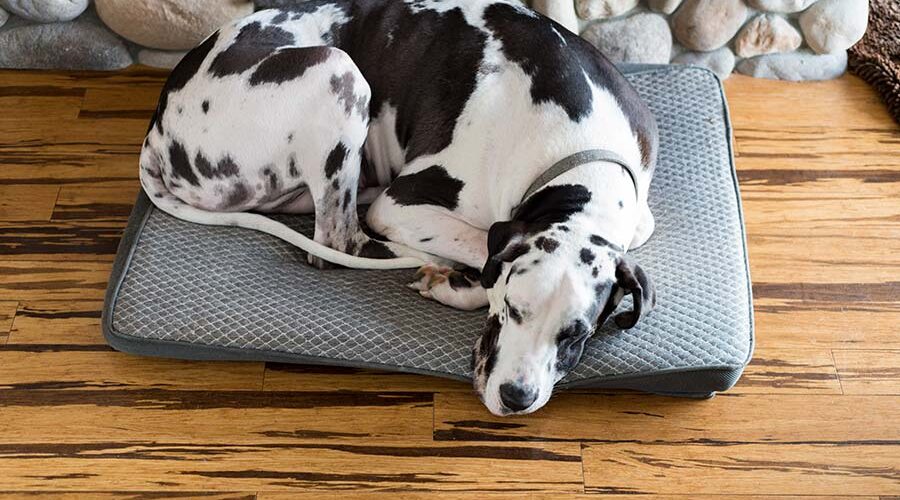How to remove tear stains
1. Examine the quality of your food
It is generally agreed among Bichon Frise breeders that although there are numerous and passionate opinions about brands (and further passion about kibble versus raw), a high-quality, grain-free diet works best for our breed. The corn, wheat, and meals that are used as fillers in inferior-quality foods just don’t ensure long-term good health and can cause allergic reactions, resulting in excess tearing and other problems.
2. Examine the quality of your water
After traveling a couple of times with my own dogs without their normal water and pouring for them from my own bottled water, I’ve noticed that they will develop staining pretty quickly in response to excess minerals. Use purified, distilled, or reverse-osmosis water sources.
3. Daily eye- and mouth-hair hygiene
A quick daily “face grooming” will go a long way in keeping those stains at bay. Some tips:
Flush eyes with an appropriate canine eye-wash, such as saline eye-wash solutions or Terra Septic eye drops.
• Use an eye wash wipe and rub underneath and around the eye area. Opti-Clear and Bio True are two pre-made options; a do-it-yourself option is to mix one tablespoon boric acid powder boiled in one cup of distilled water. (Be sure to keep refrigerated, and remake a fresh batch weekly.)
• Wash the muzzle hair with dry shampoo or waterless shampoo and a wet washcloth. You may also try 3% hydrogen peroxide on a paper towel. Comb and blow-dry afterward.
• Keep the hair around the eyes trimmed to avoid it irritating the eye and causing tearing.
4. Keep those moist or “rusty” areas dry
Try using glass water bottles (such as made for birds) instead of water bowls, or use paper towels to absorb the excess water around your dog’s mouth after he drinks from a bowl. Cornstarch can also be dusted underneath the eye, around the muzzle, and in between toes.
5. Food additives can help
Two things that have worked for me are adding one teaspoon of either organic apple-cider vinegar or buttermilk powder to meals. I-Stain, a probiotic enzyme, is another product with reportedly good results.
Mild antibiotics can be used for short periods of time, naturally, after consulting with your vet. Those commonly prescribed include Lincocin, Tylosin, and/or neomycin-polymyxin or chloramphenicol eye drops. Vetericyn ophthalmic gel is available over the counter and may be enough without a vet trip.
Stain removal is another chapter to itself. A little mild hydrogen peroxide dried into the muzzle (be sure to avoid the eyes) or Visine (applied to the fur, not the eyes) can lighten the color enough to live with it until it grows out.
Unfortunately, there isn’t just one foolproof preventative, and each dog responds a little differently, so it often takes a little experimenting and patience—but it is worth the effort to have that precious little white face smiling at you again!





